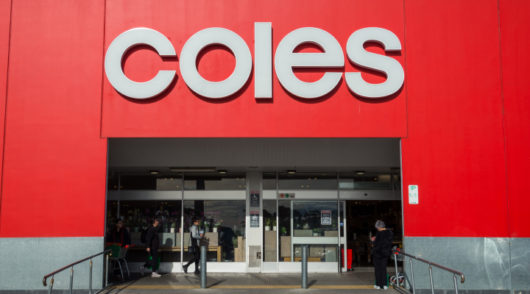Cost of living pressures, supply chain issues, weak consumer confidence, interest rate hikes and reduced retail spending are all making retail a tough business to be in at the moment. Now is the time to reduce operational costs across your business so that you can navigate these economic headwinds and continue to drive profits.
Having worked with retail brands all over the world, I want to share my top tips on how to reduce operating costs.
- Reduce advertising costs
Nothing is more frustrating for a consumer than looking for a product online, to find it’s out of stock. And to then be followed around the web being shown ads for that product again, even though it is no longer available. Marketers need to have access to accurate inventory data to be able to switch ads off when products sell out or turn ads on when stock becomes available. Otherwise, the budget is being wasted on advertising products you don’t have.
- Reduce the mileage it takes to get products to customers
Consumers are becoming more aware about where products are coming to them from and the carbon footprint they have. As a retailer, the further your products have to travel to get to your customer, the more expensive it usually becomes. Having a modern, flexible Order Management System (OMS) that can identify the closest product to your customer, whether it be in a warehouse or in a store and send them from there, can save you thousands of dollars every year and ensure the customer gets their items in the most cost-efficient way.
- Provide a ‘sustainable’ option to customers
The speed of how soon a product gets to a customer might not always be crucial to customers. In our recent report with Censuswide, surveying 1001 shoppers in Australia, only 28 per cent said one to two-hour delivery was important to them, with 59 per cent saying three to five days was fine. Customers might also prefer one delivery from the retailer, rather than receiving separate deliveries for separate products. This reduces costs for retailers, consolidating deliveries into fewer trips. Supermarkets in Australia now offer a ‘green option’ where they group deliveries in the same suburb together, so they’re not having to do several separate trips. Perhaps your retail business can offer this as well?
- Reduce inventory
This is a big problem for many retailers in 2023. Many have ordered goods in response to the demand during the global pandemic, only to be stuck with them, as consumers no longer want those products or the disruption in the supply chain has meant they’ve over-ordered because they’re not sure when the next shipment will arrive. Inventory costs retailers money. Retailers have to pay for warehouse space to store products. By investing in technology that is ‘inventory aware’, retailers know which products are selling well and where they are. This prevents ‘overselling’ and ‘underselling’, ensuring you have the right products available to customers at the right time – enabling you to sell more. A flexible Order Management System also allows you to work with Drop Ship Vendors (DSVs) and still have a complete and accurate view of all inventory, allowing you to sell more and stock less.
- Negotiate shipping costs
Look at the way items are being shipped and evaluate other alternatives. Reduce the size of packaging or work with a different courier – this may help you reduce costs. The smaller the package, the fewer fees there are to pay in shipping. Make sure the shipping service is professional and reliable to avoid spending money in vain.
Running a retail business requires many operating costs, but there is an opportunity to reduce them by automating processes or negotiating with your suppliers for a better deal. Investing in a modern and flexible OMS which enables all your other systems to be ‘inventory aware’ and you will see huge efficiencies that reduce costs across your business.






